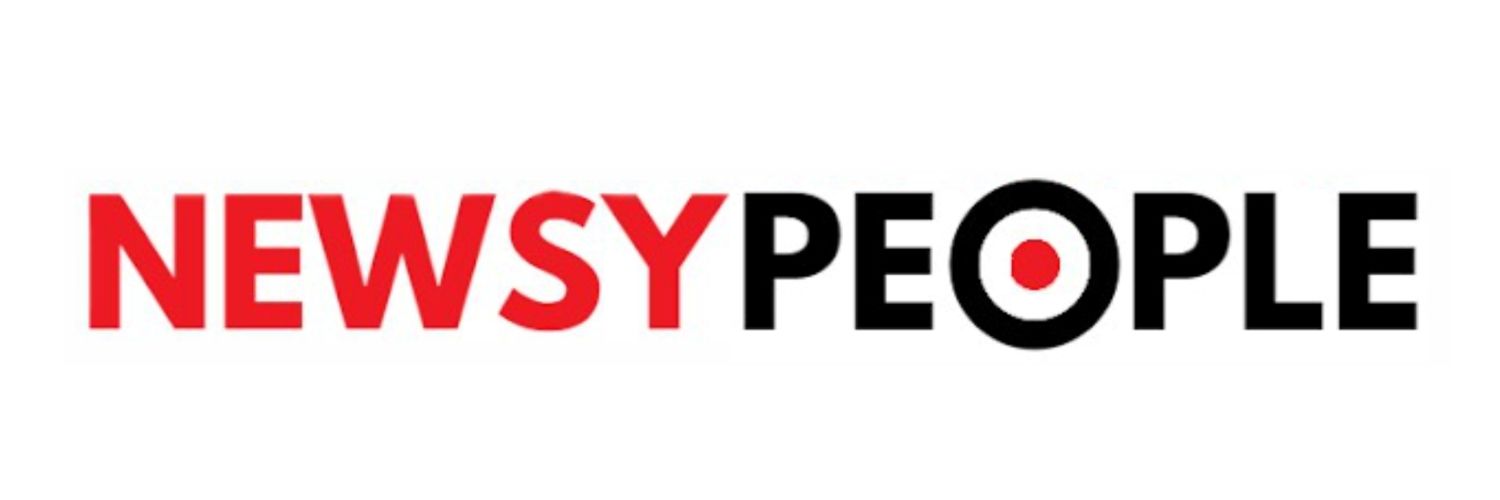Hanna Castle’s $4M Bill for Quadruplets’ Care Ignites Discussion on Soaring Healthcare Costs – The story of Hanna Castle and her quadruplets’ care sparked a conversation about the high costs of healthcare in the United States. Castle, from Columbus, Ohio, shared her experience of having her quadruplets in 2021, all of whom required NICU care. The bills for their care, totaling over $4 million, were covered by Ohio Medicaid. This situation was highlighted in a TikTok video that went viral, garnering over 8 million views and 23,000 comments, with many expressing shock and sharing their own experiences or differing perspectives from other countries.
To prepare for the high costs, Castle and her husband made significant financial adjustments, including quitting her job to qualify for Medicaid and enlisting her mother’s help. Despite these efforts, the high costs of NICU care and the lack of comprehensive childcare assistance in the United States remain significant challenges for many families.

The cost of childbirth and healthcare in general has been increasing, with the average cost of having a baby through work-based insurance being about $24,000, and the cost of childbirth itself closer to $13,000. This trend reflects the broader increase in healthcare costs over the past five years.
The high costs of NICU care, in particular, have seen a significant increase, with higher-level NICU care per baby rising to $3,741 per day, triple the cost of general newborn care. This highlights the variability in costs within the NICU and the overall increase in healthcare expenses.
The story of Hanna Castle and her quadruplets’ care underscores the financial strain and the need for financial preparation and support for families facing high healthcare costs. It also brings attention to the broader issue of healthcare costs in the United States, prompting discussions on how to address these challenges and support families in need.
Hanna Castle’s $4M Bill for Quadruplets: Here Are Ways Families Can Prepare Financially For High Healthcare Costs?
To prepare financially for high healthcare costs, families can adopt several strategies:
Get Routine Health Screenings: Regular screenings can catch health problems early, making them easier and less expensive to treat. Many health plans do not require a copay for these services.
Prenatal Care: For pregnant individuals, prenatal care is crucial for ensuring the health of both the mother and the baby. It can help prevent complications and reduce the likelihood of high healthcare costs.
Utilize Health Advocates or Case Managers: Some health plans offer these services to help individuals get the most out of their benefits and manage complex health problems.
Use Free and Discounted Services: Many health plans offer discounts on services like gym memberships or eyewear, which can help reduce overall healthcare costs.
Choose the Right Care Setting: Deciding between urgent care, an emergency department, or a regular visit can save both time and money. Urgent care centers are often cheaper than emergency departments.
Consider Outpatient Care: For procedures or surgeries, opting for outpatient care can be cheaper than inpatient care in a hospital.
In-Network vs. Out-of-Network Care: Choosing in-network providers can significantly reduce healthcare costs, as they have contracts with your health plan and charge lower rates.
Stay Healthy: Maintaining a healthy lifestyle, including staying at a healthy weight, exercising regularly, and not smoking, can lower the risk of health problems and avoid costly treatments.
Health Savings Accounts (HSAs) and Flexible Spending Accounts (FSAs): These accounts allow you to set aside pre-tax money for healthcare expenses, potentially saving several hundred dollars per year. HSAs are owned by you and earn interest, while FSAs are owned by your employer and must be used within the calendar year.
Allocate Funds for Potential Health Events: Create a dedicated healthcare budget by setting aside a portion of your income for healthcare expenses. This proactive approach ensures financial preparedness when medical bills arrive.
Leverage HSAs and FSAs: Contributing to these accounts can reduce your taxable income and provide a dedicated source of funds for healthcare expenses. HSAs allow you to contribute up to $3,850 for an individual plan or $7,750 for a family plan in 2023, with contributions being tax-deductible.
Estimate Potential Out-of-Pocket Costs: Review your insurance plan documents to understand your deductible, coinsurance, and copayment amounts. Use tools like those provided by the Kaiser Family Foundation to estimate your annual healthcare costs based on your current plan and medical history.
Choose the Right Health Insurance Plan: Consider your specific health needs when selecting a health insurance plan. For example, a plan with higher monthly premiums but lower out-of-pocket costs might be more cost-effective if you have a chronic condition.
By implementing these strategies, families can better prepare for and manage the financial burden of high healthcare costs.



